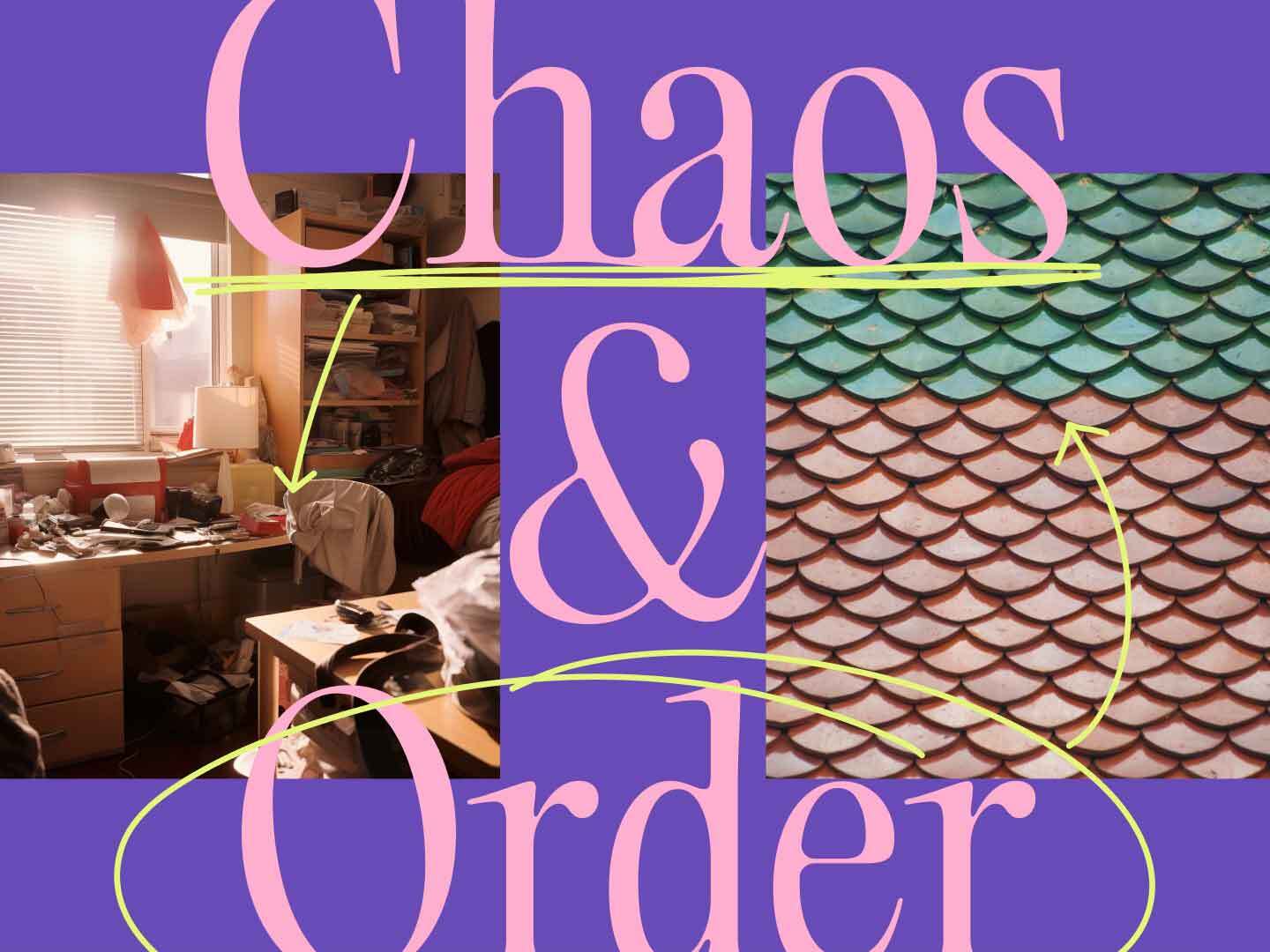
Key Takeaways
- Our brains are wired for pattern
- Familiarity = comfort
- Chaos = danger
- As a brand you should work to incorporate patterns and become familiar
- Over time, orderliness creates a business advantage over those who are mired in chaos
Fact #1: Our brains are wired for pattern
Human brains evolved to seek and process patterns. Why? Simply put, pattern detection is a survival strategy that allows us to move toward order (predictability) and away from chaos (an absence of predictability).* Recognizing patterns often allows us to distinguish safety from danger.
For a more contemporary example, head on over to the subreddit Oddly Satisfying. Spoiler alert: most of the content published to the subreddit isn’t odd at all, it’s just patterned!
*Why Did Humans Evolve Pattern Recognition Abilities?
Fact #2: Familiarity = comfort
We evolved in small tribes of hunter-gatherers, and quickly adapted to recognize and seek out familiarity. Why? Because, evolutionarily speaking, harm was more likely to come from unfamiliarity—chaos—than from people, places, settings, and situations which we found to be familiar and predictable*.
Want another example of how powerful familiarity is? On your next road trip, see who among your caravan wants to stop at the local restaurant, with its flickering lights, Comic Sans sign, and pot-hole-riddled parking lot…and who would rather just hop in line at McDonald’s.
*The Familiarity Principle of Attraction
Fact #3: Chaos = danger
It’s the reason our ancestral forebears avoided the uncharted path through the forest, unknown fruits and berries, and going out alone in the dark. Chaos (a lack of predictability) inspires fear, and fear exists to “protect us from possible harm.”*
*The psychology of black and why we’re scared of the dark
How does all of this apply to branding?
1. Incorporate patterns
In branding, sometimes patterns are literally that: visual patterns. Other times, patterns are linguistic. Fill up your brand tool-chest with strategic, clever, unique, and useful patterns.
Be careful about what patterns you devise, because once patterns are learned, they’re hard—and expensive—to unlearn or replace. Just ask Tropicana*…
*What to learn from Tropicana’s packaging redesign failure?
2. Become familiar
It can take, on average, seven impressions for something new to become memorable/familiar.*
Remember, consistency is key. It’s the reason why taglines exist, why brand books are so detailed/prescriptive, and why impressions are so important in marketing: because repetition leads to familiarity.
*The Rule of Seven
3. Establish brand order
Inconsistency, unfamiliarity, and at worst, deceptiveness are all the hallmarks of brand chaos. Evolutionarily, these attributes foreshadowed danger; when associated with brands today, they do the same thing. (Just in a different way.)
On the other hand, a well-thought out, strategic, aligned, and systematized brand is a brand that’s in good order, and one that’s prepared to survive—and thrive—in the cutthroat jungle of commerce.